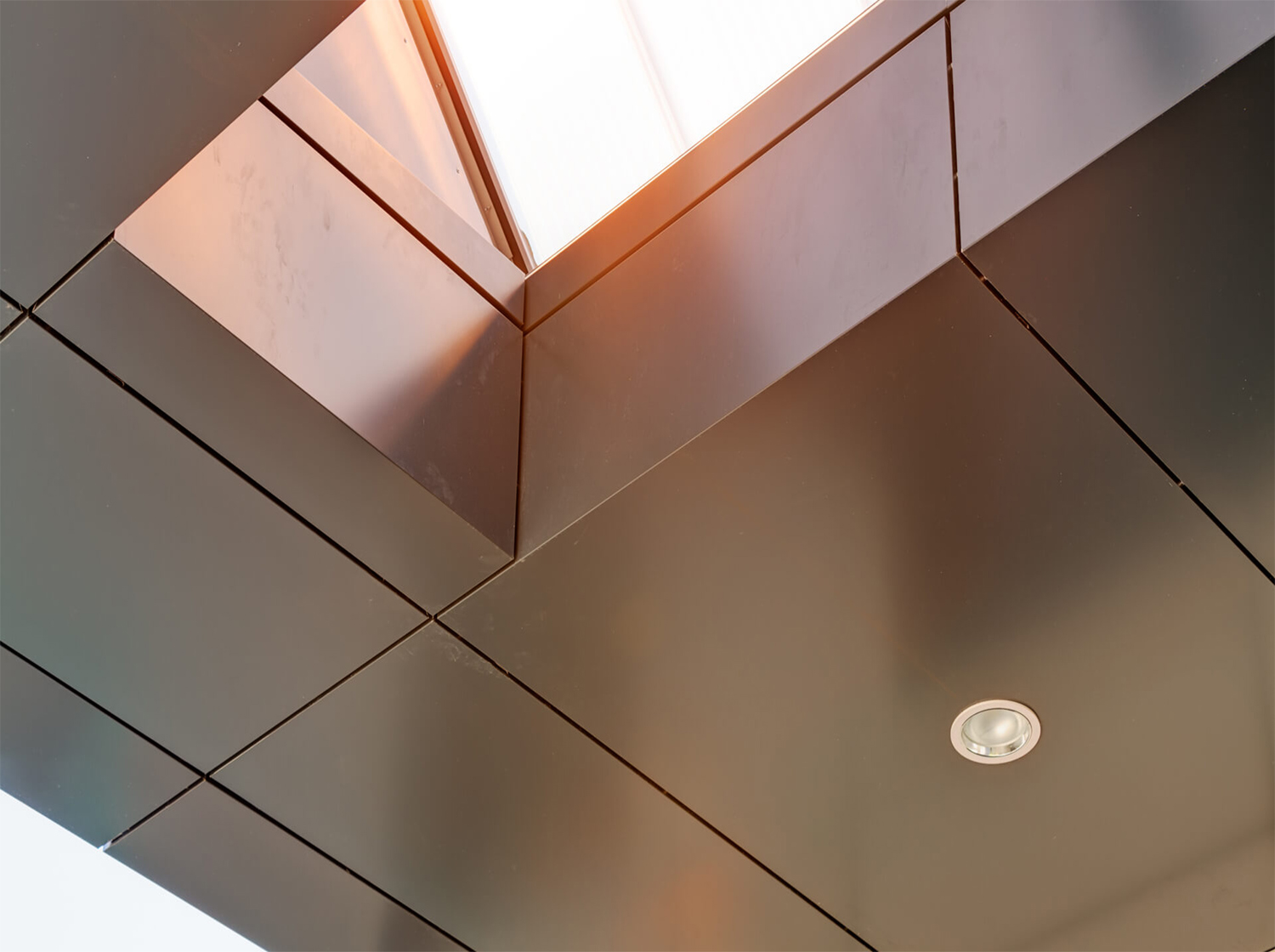Installation and Maintenance of aluminum panels: Ensuring Longevity and Performance
aluminum panels have become a popular choice in modern architecture and construction due to their versatility, durability, and aesthetic appeal. Proper installation and maintenance play crucial roles in ensuring that these panels perform optimally and maintain their appearance over time. Here’s a comprehensive guide to the installation and maintenance practices for aluminum panels:
Installation Process
The installation of aluminum panels involves several key steps to achieve a secure and aesthetically pleasing result:
Preparation: Before installation begins, ensure that the substrate (such as walls or framework) is clean, level, and structurally sound. Any irregularities should be addressed to prevent issues during installation.
Panel Layout: Plan the layout of panels carefully, considering factors like panel orientation, joint spacing, and alignment with architectural features. This step ensures a uniform and visually appealing installation.
Attachment: Aluminum panels can be attached using various methods, including mechanical fastening (screws or rivets), adhesive bonding, or a combination of both. Each method should be chosen based on structural requirements and aesthetic preferences.
Sealing and Weatherproofing: Proper sealing and weatherproofing are essential to prevent water infiltration and ensure the longevity of the panels. Sealant should be applied around panel edges, joints, and penetrations to maintain a watertight seal.
Finishing Touches: After installation, inspect the panels for any imperfections or damage. Clean the panels thoroughly to remove construction residues and protect the finish.
Maintenance Practices
Regular maintenance is key to preserving the appearance and performance of aluminum panels:
Cleaning: Clean aluminum panels periodically using mild soap and water to remove dust, dirt, and pollutants. Avoid abrasive cleaners or tools that can scratch the surface.
Inspecting Seals and Joints: Periodically inspect seals and joints for signs of wear, cracking, or separation. Address any issues promptly to prevent water ingress and potential damage to underlying structures.
Surface Protection: Apply a protective coating or finish to aluminum panels if recommended by the manufacturer. This helps enhance durability and resistance to environmental factors such as UV exposure and pollutants.
Damage Repair: Repair any scratches, dents, or surface damage promptly using appropriate repair materials recommended by the manufacturer. This prevents corrosion and maintains the aesthetic integrity of the panels.
Professional Inspection: Consider scheduling periodic inspections by qualified professionals to assess the condition of aluminum panels and identify any maintenance or repair needs.
Benefits of Proper Installation and Maintenance
Ensuring proper installation and maintenance of aluminum panels offers several benefits:
- Longevity: Extends the lifespan of panels by preventing premature deterioration or damage.
- Appearance: Maintains the aesthetic appeal of panels, contributing to the overall visual appeal of the building or structure.
- Performance: Enhances structural integrity and weather resistance, ensuring panels perform well under various environmental conditions.
- Cost-Effectiveness: Reduces the need for costly repairs or premature replacement, resulting in long-term cost savings.
In conclusion, investing in proper installation and regular maintenance practices is essential for maximizing the lifespan, performance, and aesthetic appeal of aluminum panels in architectural and construction applications. By following these guidelines, architects, builders, and property owners can achieve durable and visually striking results that stand the test of time.

